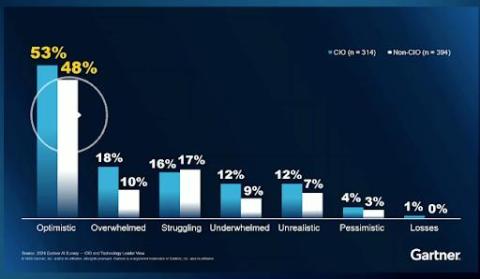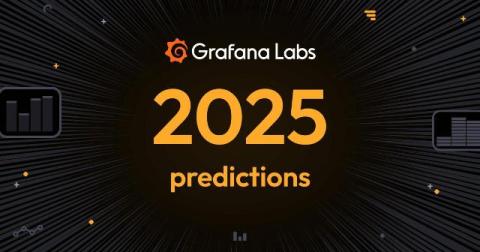How good is GitHub Copilot at generating Playwright code?
People keep asking us here at Checkly if and how AI can help create solid and maintainable Playwright tests. To answer all these questions, we started by looking at ChatGPT and Claude to conclude that AI tools have the potential to help with test generation but that "normal AI consumer tools" aren't code-focused enough. High-quality results require too complex prompts to be a maintainable solution.











